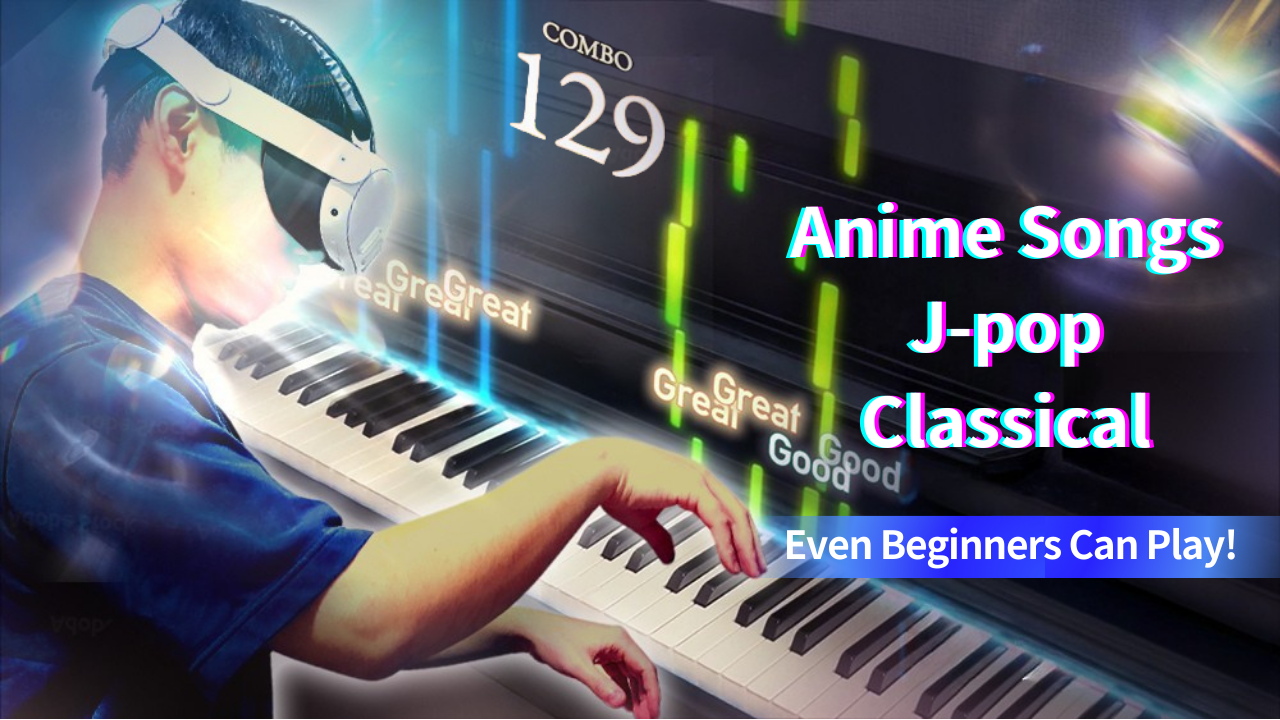Hello, this is Tomo from the Sigure project.
Today, I’d like to share the origin story of how the VR piano game “Sigure” came to be.
It was a long and winding road, but we eventually arrived at the concept of a VR piano game. If you’re interested, I hope you’ll read to the end.
I Wanted to Play My Ideal Piano Game!
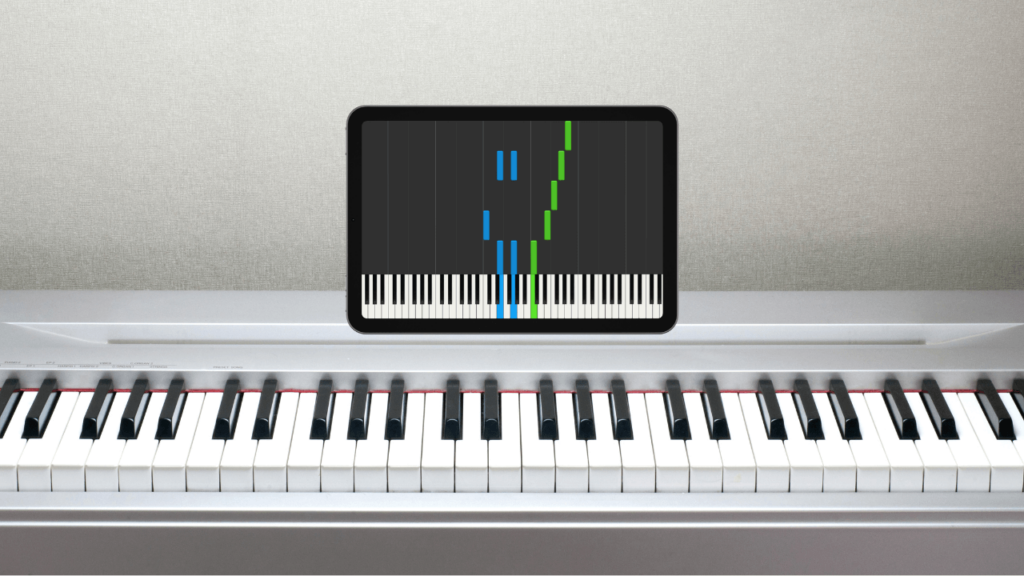
I learned classical piano as a child but gave up. Later, as a university student, I was inspired by piano YouTubers and became obsessed with the idea of playing anime songs, Vocaloid tracks, and game music on the piano. So, I started again.
I practiced on my own during university, and after entering the workforce, I even took lessons. Gradually, I was able to play my favorite songs!
However, since I was slow at reading sheet music, it took months to learn a single song. I kept wishing there was a rhythm game that let me practice without needing scores.
Tablet screens were too small, and toy keyboards just didn’t cut it…
I kept thinking, “Somehow, I want to play my ideal piano game!” and finally decided to make one myself.
What If I Had an Extra-Wide Monitor?
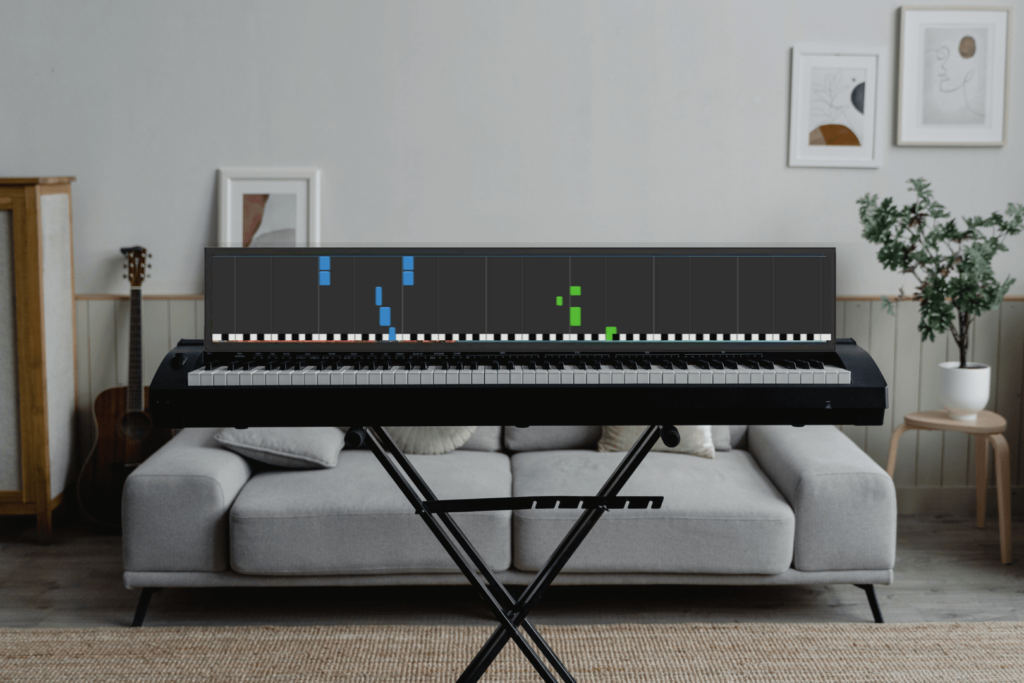
My first idea was to custom order an ultra-wide monitor.
There are already mobile apps for piano games, so I figured if I had a huge monitor, I could play the kind of piano game I had in mind. I immediately contacted monitor manufacturers.
Custom Monitors Are Too Expensive…
I was shocked by the prices they quoted—it was way too expensive.
I can’t reveal specifics, but the wholesale price alone was several thousand dollars.
I wanted to make this game easy to use with a home digital piano, but it just didn’t seem feasible.
I also thought about placing the monitor on the music stand, but it would be too heavy and put too much strain on the piano. So I gave up on that plan.
The Phantom Projector Plan
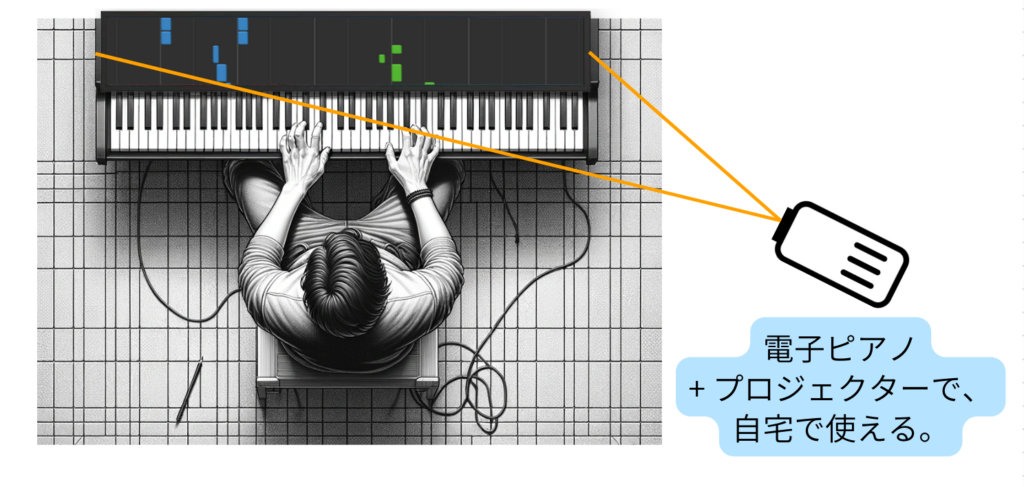
Next, I thought about using a projector to display the game.
If I could project it near the music stand, maybe it would work.
Compact projectors don’t strain the piano like monitors do, and they can cost under $1,000—far more affordable.
Feeling hopeful, I reached out to projector factories.
No Projector Could Handle Wide Aspect Ratios
I contacted over 10 manufacturers, but none could accommodate the ultra-wide format I needed…
To be fair, projecting such a wide image is pretty unusual.
Most of them said things like, “There’s no setting for something that wide!” or “We could custom-build it, but…”
Projector Problems
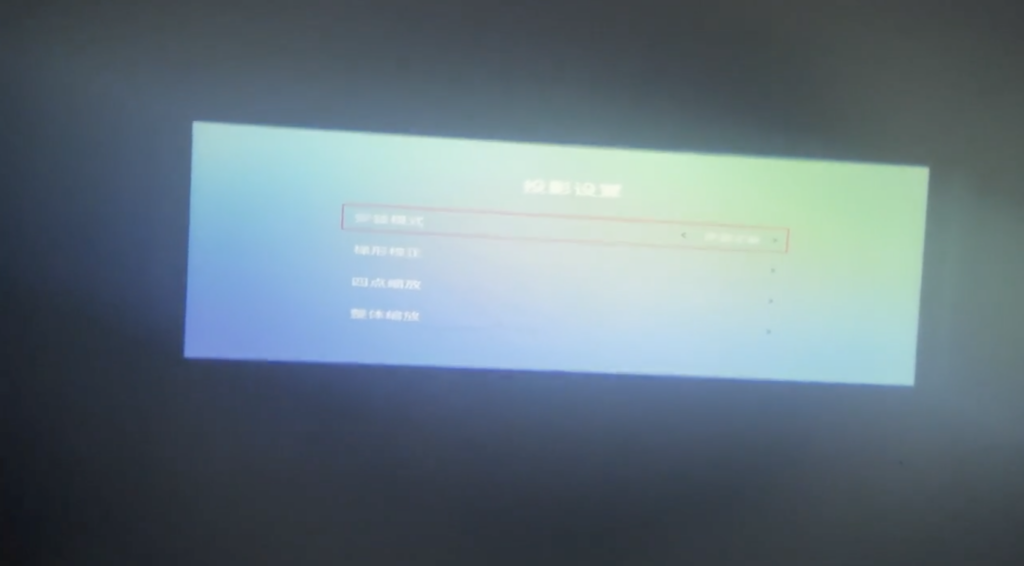
After contacting over 10 companies, I finally found one that could project in a wide format!
The image above is a sample from them.
While it technically worked, the image quality was rough, and the room needed to be much darker than I expected. I wasn’t sure it was suitable for playing piano.
Should I Build a Prototype…?
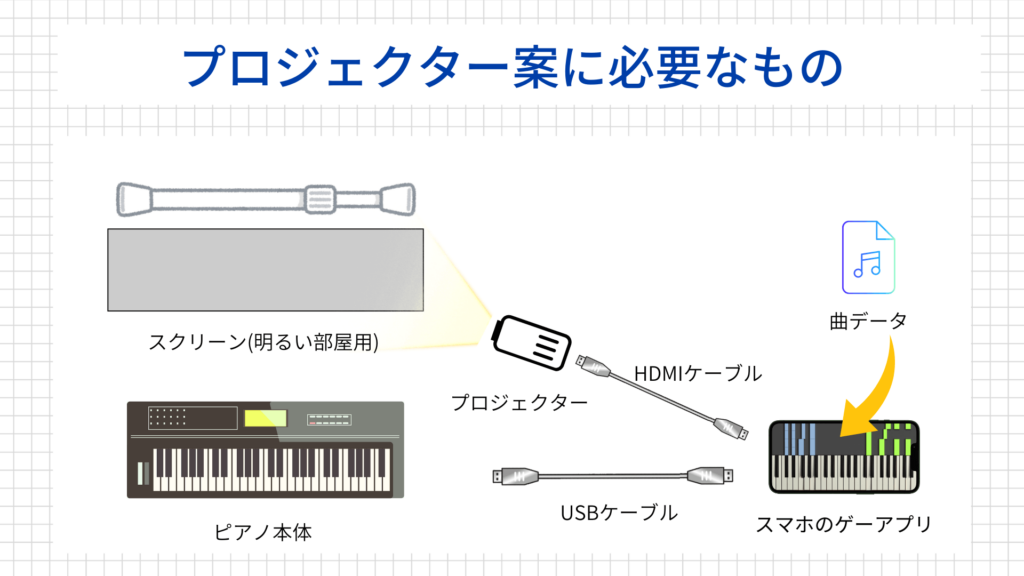
During research, I found screens designed for bright rooms, which could potentially solve the visibility issue.
I had concerns about how much setup was required, but I was beginning to think, “Maybe I should try building a prototype.”
Blown Away by VR Headset Footage
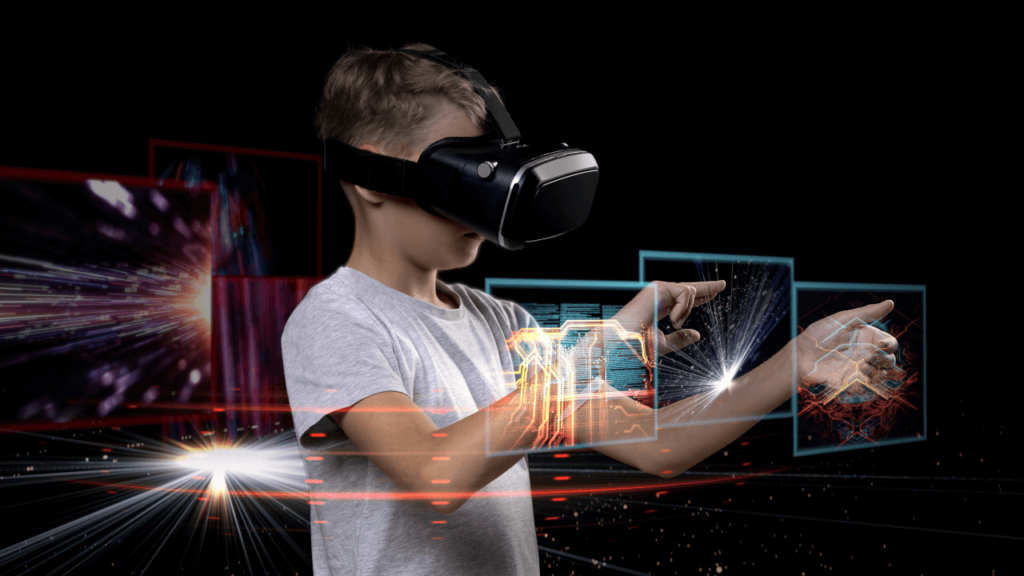
One day, while watching YouTube, I came across a video showing someone using a VR headset to float a virtual monitor in midair.
A screen was floating in front of them—
In that moment, I thought, “This is it! With VR, I can finally make my piano game a reality!” I was beyond excited.
Searching for a VR Engineer
I didn’t have the technical skills to develop a VR game myself, so I asked around and eventually met Sino, a programmer who could do VR development.
Sino is not only skilled in VR but also AI, with over 20 years of programming experience. He had even created pitch detection software as a hobby—he was the perfect partner for this project.
From there, I worked closely with a piano instructor to refine the gameplay, and we gradually shaped the game into something fun and useful for practicing piano.
Clearing J-pop Copyrights One by One
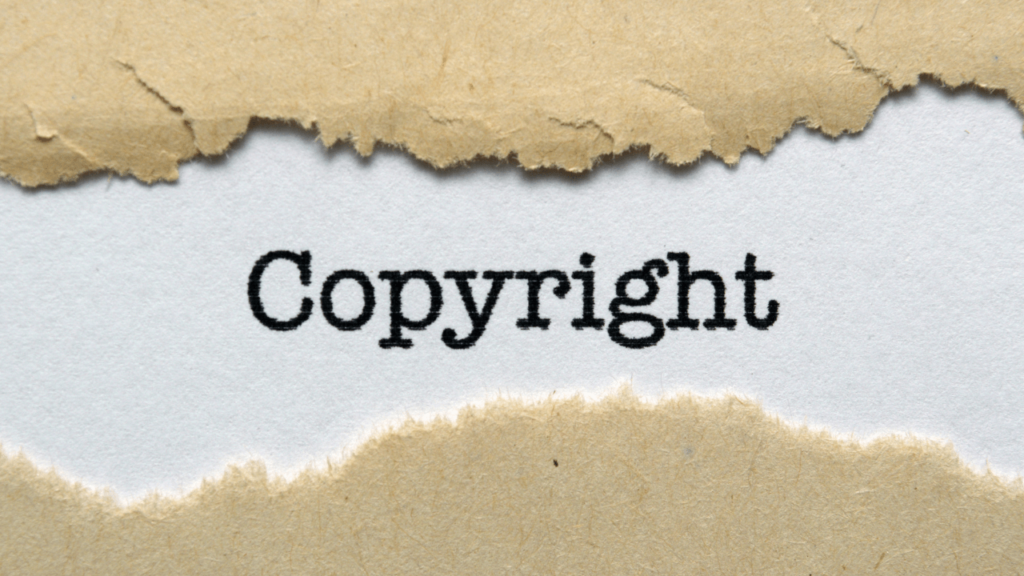
I wanted users to be able to casually play J-pop and anime songs, so I had to navigate the copyright process.
I had a basic understanding of copyright, but didn’t know the specific procedures. So I contacted JASRAC and they kindly explained everything to me. (Thanks again to the staff for answering all my questions!)
It took time, but we got the necessary permissions from JASRAC. We’re gradually making songs available as we confirm there are no issues with each composer.
*Currently, the game is only available in Japan. International copyright procedures will be addressed in the future.
Please Try Playing Piano with “Sigure”!
Thank you for reading all the way to the end.
I hope you enjoyed learning about how “Sigure” came to be.
Sigure was created for people like me who gave up on piano as a child or struggle with reading sheet music. I want more people to enjoy the experience of playing piano.
We plan to continue adding new features—please look forward to what’s next!

